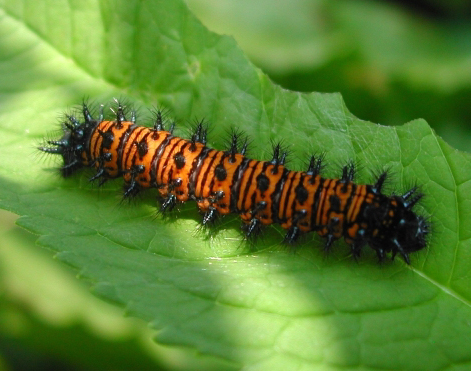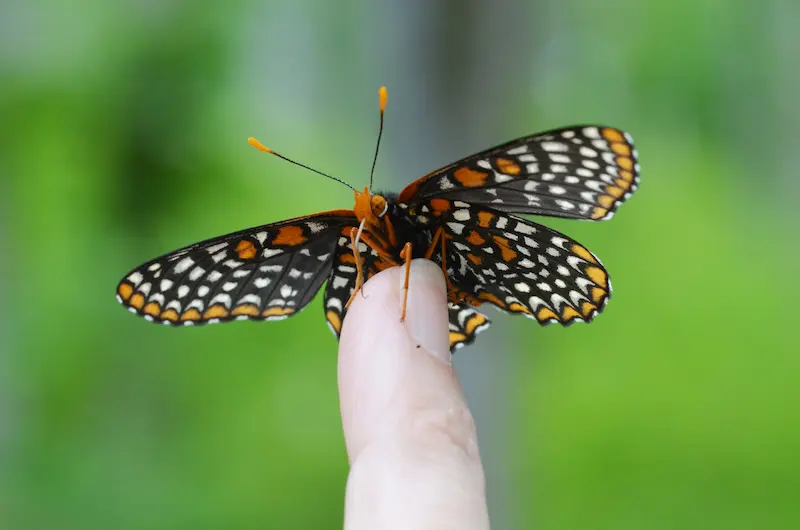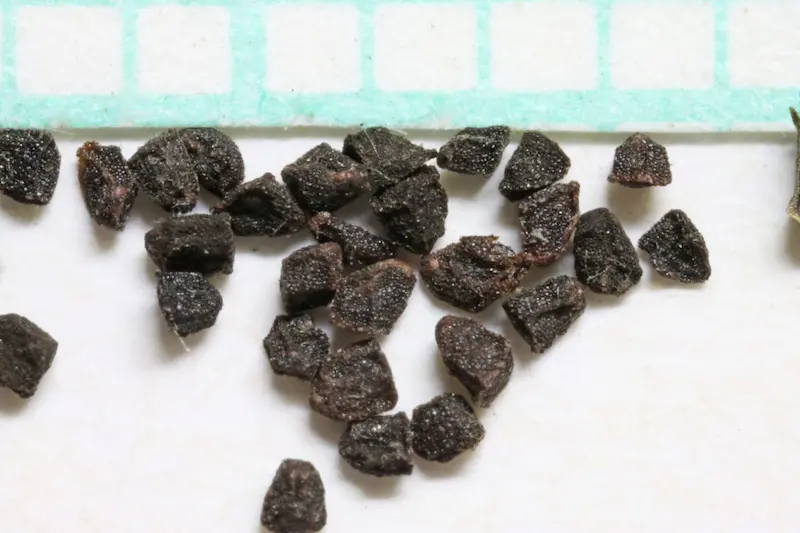Your cart is currently empty!
Toxic Plants for Dogs and Cats, and Safe Flowers
Discover the best plants and flowers for dogs and cats, while learning about toxic options to protect your beloved pets. Consult with a vet if needed.
Your cart is currently empty!
Photo:
KENPEI, CC BY-SA 3.0 via Wikimedia Commons
The Hairy Beardtongue possesses many beneficial characteristics. It is, for example, small and controllable, does not compete or spread widely, has attractive and delicate blooms, and is tough (meaning it is hard to kill). It is a larval host for the Baltimore Checkerspot Butterfly and is an excellent choice for a butterfly garden or many other types of gardens. The trumpet-shaped blooms are white and light purple (some say lavender), but the leaves turn a deep crimson in the fall, adding autumn colours to yoru gardens.


This herbaceous perennial can be found in forests, glades, forest margins, rocky woodlands, and along roadsides. It is great for borders, cottage gardens, rock gardens, and pollinator gardens.
Botanical Name: Penstemon hirsutus
En français: Penstémon hirsute
Sun / Shade:
Watering:
Water: Tolerates drought
Soil:
Height:
Care:
Hairy beardtongue forms clumps and does not propagate by rhizomes.
Penstemon hirsutus self seeds quite effectively in nature. As a result, you may propagate it from individual seeds or seed pods, which are its blossoms. If you do not want self-seeding, remove the blooming stalks in August/September. Remove the stems to ensure that no seeds escape. Flowers appear in the second or third year after the seed is planted.

Because the plant grows in clumps, it is best to divide it every 4 or 5 years. Cut the root stem in half using a spade, gardening knife, or pruning saw, and replant immediately. It is a resilient plant that may be divided in the spring or fall, right after or before dormancy.
Discover the best plants and flowers for dogs and cats, while learning about toxic options to protect your beloved pets. Consult with a vet if needed.
Discover the perfect blend of blood oranges and sugar in this unique recipe, an ideal alternative to Seville Orange Marmalade.
Keep up with garden design trends, including a garden scheme and plants which are fashionable, drought resistant, edible and sustainable.
Learn about Dutchman’s Breeches care and growth from seed, an ephemeral spring wildflower with unique blooming habits and care tips for your garden.
Rain barrels are simply containers that capture and store rainwater for future use. Purchased or DIY, rain barrels can pay for themselves.
Enjoy this easy to care for evergreen shrub that produces masses of blooms all year long – the Shrimp plant (Justicia brandegeana)! Discover its hardiness zones, cultural needs, and varieties for an eye-catching show in your garden.
GardeningCalendar.ca gets some funding from advertisers. If you click on links and advertisements at no cost to you, the site may receive a small commission that helps fund its operation.
© 2025 J&S Calendars Ltd.
Leave a Reply
You must be logged in to post a comment.